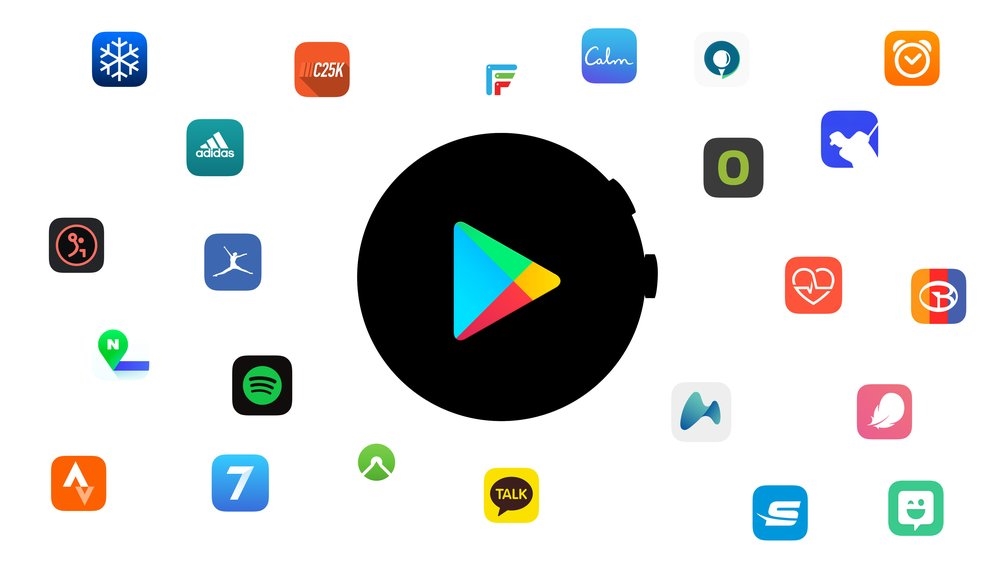Wearables are split into two sides – Apple and everything else. We hesitate to call wearables that don’t fall into the Apple camp Android wearables as many manufacturers, such as Samsung, have opted to use bespoke operating systems in the past.
We’re talking in past tense because at Google I/O this week, Google announced that it and Samsung had collaborated to create Wear.
So what is Wear? The platform is looking similar to Android, where a manufacturer licenses the platform and skins it for their own devices. While the predecessor Android Wear was meant to be that platform it never took off and we saw the likes of Samsung turn to its platform Tizen. Importantly, Wear is not Wear OS, this is something new.
Google is taking another swing at this wearable platform thing and this time it brought Samsung along for the ride.
“Samsung and Google have a long history of collaboration. Now, we’re bringing the best of Wear and Tizen into a single, unified platform. By working together we have been able to take strengths of each and combine them into an experience that has faster performance, longer battery life and more of the apps you love available for the watch,” director of product manager for Wear at Google, Bjorn Kilburn wrote in a blog post.
The Wear platform will be available to all manufacturers and like Android, it should provide a solid base to build off while allowing users to enjoy apps they may have grown attached to using. Devs can even use the Android tools they use for mobile apps to make Wear apps.
Wear is getting a number of improvements over Android Wear already. For one Google Maps and Google Assistant are being redesigned for the platform. Google Pay is also getting an overhaul and more countries will be supported beyond the 11 it’s currently available in and YouTube Music will arrive later this year with support for smart downloads so that YouTube Music subscribers can download music for listening on the go.
Of course, given that Google now owns Fitbit and health focused features will be built directly into Wear except for electrocardiogram and blood oxygen saturation monitoring which manufacturers will have to build themselves.
“These updates will begin rolling out later this year. From a unified platform with Samsung, to a new consumer experience, and a world-class fitness service from Fitbit, this is a new era for the wearables ecosystem,” adds Kilburn.
The big question is whether developers will switch from whatever OS they happen to be using to Wear. Google says that apps will be easier to make for Wear but we very much doubt it would say it was complex during a global presentation trying to attract new clients.
There’s also the straight up confusing messaging here.
Wear OS exists right now but Wear is different because it’s now a Samsung and Google collaboration. Wired reports that a better name will be announced later this year, and we’re thankful for that.
What’s unclear is what will happen to older Wear OS wearables, will they be able to upgrade their OS? Samsung has told Wired that it will continue to provide up to three years of software updates and Galaxy Store support for its wearables from the date of the product’s launch.
Here’s hoping Wear is the wearable unicorn Google has been searching for and that manufacturers will actually make use of the platform rather than their own.

